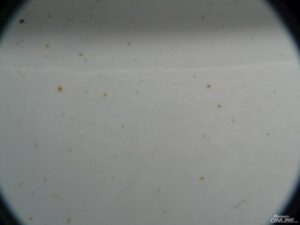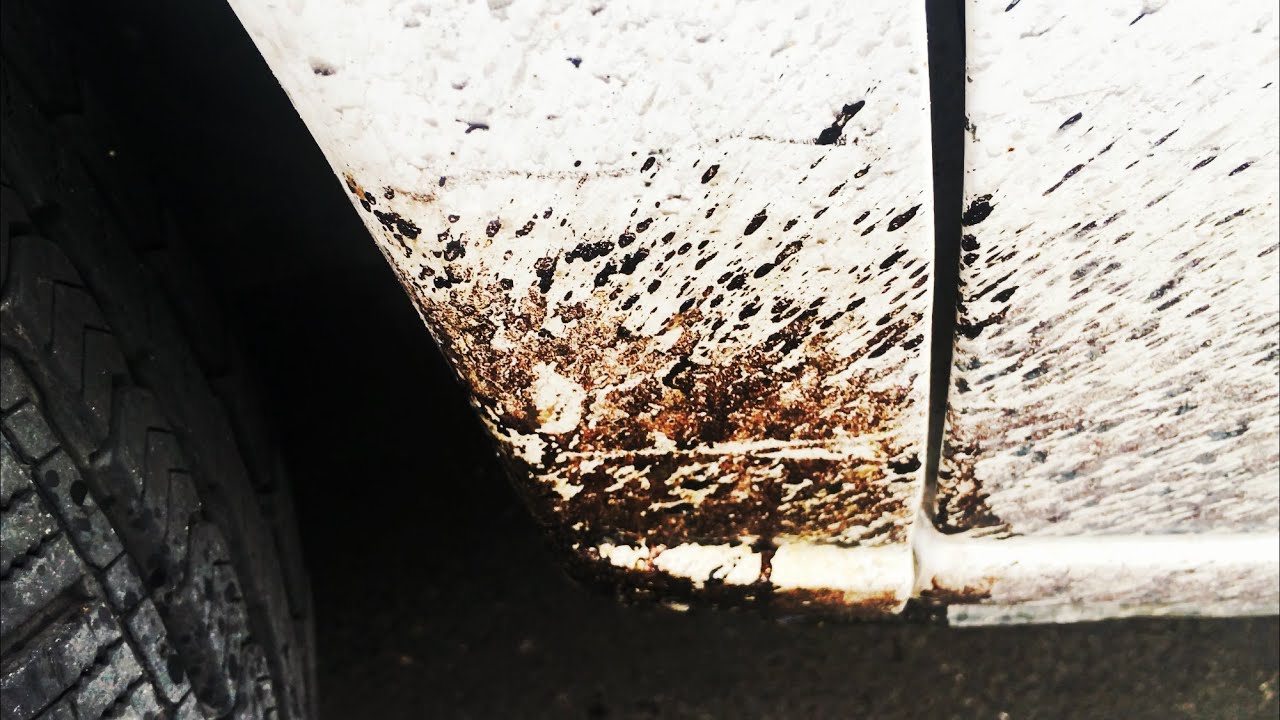Tar Removal: What Happens if You Do it Rarely?

The effects of salted roads and studded tires in winter leave your car with rough spots. However, driving through melting asphalt in the summer will leave an even, thick layer of tar on your car. If tar removal is constantly delayed, clear coat damage will occur under the tar. Such damage becomes visible when, after the tar has been removed, a crusty, rust-like spot remains where the tar once was. This is most apparent on light-colored cars, but dark cars are not immune; the damage is simply less visible, and can often be more severe.
How to Avoid Damage from Tar and Tar Remover?
Regular tar removal is the best way to prevent damage caused by tar, and it’s advisable to do it at least once a month. In winter, monthly removal might even be mandatory. The longer tar remains on the surface, the more it hardens and bonds. If tar has been on the surface for a very long time, it may not be easily dissolved by the tar remover, making the surface much more difficult to clean without causing damage.
Is Tar Removal Complicated?
Of course, this task is best handled by professionals in the field, such as hand car wash services or detailers. They possess the right equipment, extensive experience, and optimal working conditions. However, an enterprising car owner can also get the job done at home. To do this, you first need to purchase proper car care products. The highest quality selection typically consists of chemicals that come in large packages (5L, etc.) and are generally not available in regular retail stores.
Where to Start with Tar Removal?
When washing outdoors, choose slightly cooler weather and a shady spot, as cleaning products will dry on the surface too quickly when working in direct sun or hot weather. This prevents them from working effectively and can quickly leave unsightly marks on the surface as they dry.
Apply the insect and road grime remover to the entire car and let it dwell for a few minutes. Then rinse the vehicle with plenty of water, using a pressure washer if possible. Next, apply a tar remover to the affected areas of the car and leave it for up to 5 minutes. Repeat this step if necessary if the tar did not loosen the first time. If the car is not heavily soiled, you can start by spraying only the dirty spots. Apply the tar remover to the sides of the car up to the door handles, to the front end up to the bonnet, and to the rear of the car up to the highest edge where tar has accumulated. *Check if the tar has loosened by gently touching it with your finger. When the tar feels loose under your finger, it’s time to pressure wash the car.
- If tar has been left on for too long, it will dry on the surface, and a new application will be needed. To avoid extra work, carefully monitor the dissolving process.
After washing off the tar, make sure you’ve rinsed the car thoroughly and wash it by hand with car shampoo. Start from the roof and leave the bottom edges for last. If possible, wash them with a second sponge to avoid the risk of getting a grain of sand in the sponge. Rinse the shampoo off again and dry.
- If a few individual tar spots remain on the surface, take a clean microfiber or soft cloth, apply a small amount of product to the end of the cloth, and dab the individual spots until they have dissolved and the surface is clean.
- Once the car has been thoroughly washed and dried, you can apply your choice of high-speed wax, nano-protection, permanent wax, or any other product you like.
What else should I Know about Tar Removal?
- Be sure not to use petrol, diesel, lacquer thinner, white spirit, or other strong solvents to remove tar, as they are too aggressive. Gaskets and bonnet seals can start to melt, and plastic headlight lenses, trim, and paintwork can turn dull and gray.
- Also, do not scrub the surface with strong scrubbing brushes or scrubbing pads, as this will scratch the surface. It is advisable to apply the tar remover only to the tar-stained spots, not to the entire car, as the substance will inevitably remove a small amount of the protective coating from a waxed car.
- However, if the car has been left with tar for too long, and the tar has left the aforementioned traces on the car’s surface…

Tar Removal: Rust Spots That Form Under Tar removed by “iron fallout removal”. This can be done after washing the car by applying a special “INDIGO 10” cleaner. This is an excellent product, also often used for cleaning rims. Spray the car with it and allow it to dwell for 5-10 minutes. If necessary, reapply the product to prolong the dwell time. It is pH-neutral and will not damage the car’s surface.
INDIGO 10 reacts with the residues on the surface and turns the car pink. Once the residues have been removed, wash and dry the car.
For tar removal assistance! If you need help, feel free to contact our team!
Find professional car wash tools here: https://autokeemiamüük.ee/autokeemia/autopesu-vahendid/


